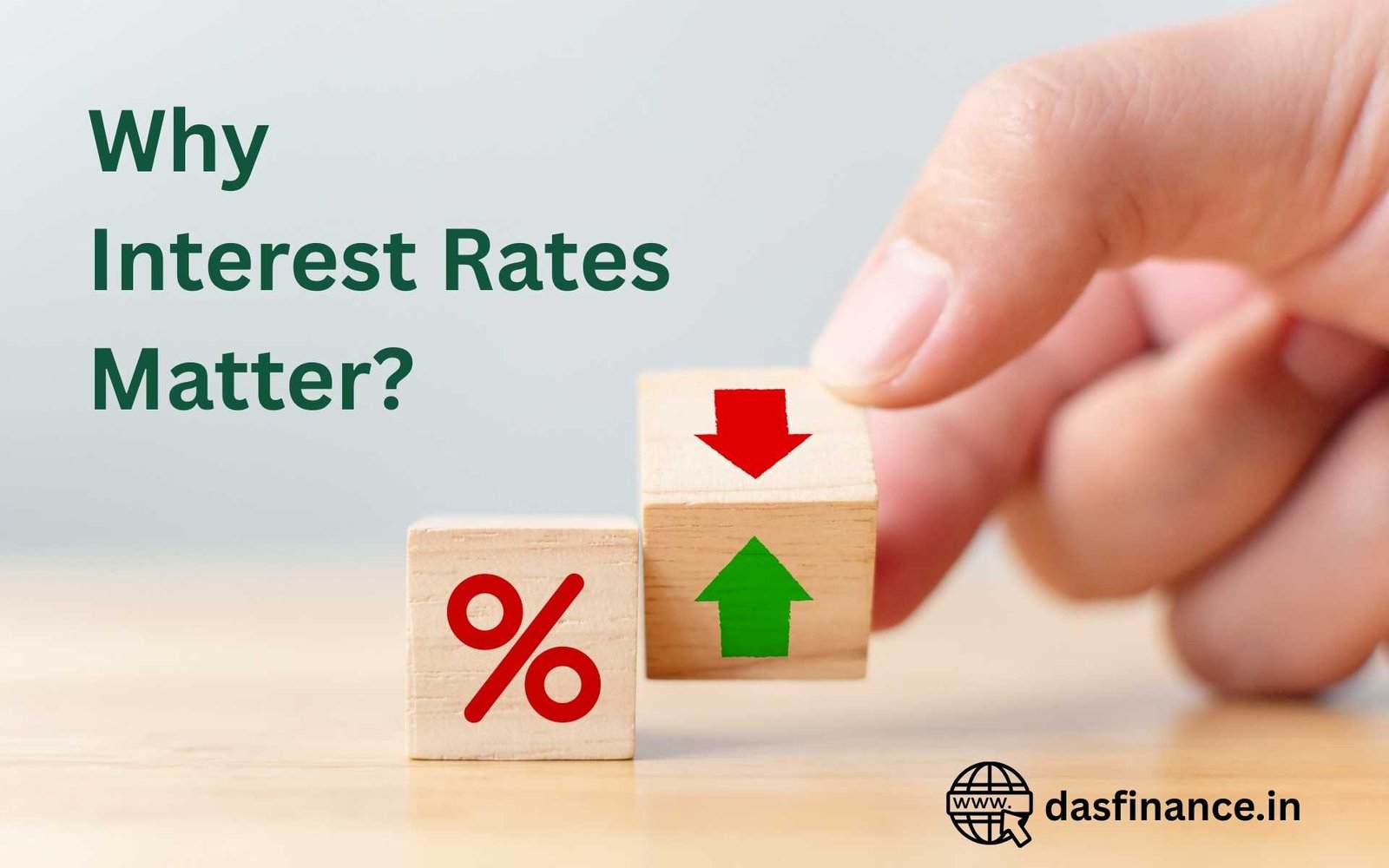Central Bank Interest Rates are a key driver of economies in their respective countries, as well as in various smaller economies dependent on them. They help combat inflation, drive market growth, and also address special situations like stagflation.
In this article, we will explore the role of interest rates in an economy and their impact on economic growth.
Table of Contents
Definitions
- Central Bank: The top banking institution in a country or economy. Ex – RBI, US Fed, ECB
- Commercial Bank: A bank that deals with the public, businesses, institutions, special sectors, etc.
- Banker: A person or institution that solves your lending and borrowing needs.
- Repo Rate: The rate at which central banks lend money to commercial banks.
- Reverse Repo Rate: The rate at which commercial banks lend to the Central Bank.
- Inflation: The scenario where prices of goods and services rise due to an increase in demand or money supply in the economy.
- Recession: The situation where prices fall due to a lack of demand or excessive supply in an economy.
What are Central Banks’ Interest Rates?
All central banks, including the Reserve Bank of India, the US Federal Reserve, and the European Central Bank, lend money to individual banks. These individual banks then lend the money to the public at a higher interest rate to earn money.
The Central Bank interest rate refers to the rate at which commercial banks borrow money from it. The rates are also known as Repo Rates, which stand for Repurchase Agreement Rates.
The reason individual commercial banks obtain money from central banks is that this money is available at a very low rate, typically 4-5%, whereas the same money from public deposits costs 7-10% interest. As a result, banks borrow from central banks to reduce their borrowing costs.
Why Central Bank-led Lending is a Win-Win for all?
Central Banks act as the top banker for commercial banks, small finance banks, non-banking financial corporations (NBFC), and other smaller payment banks. Additionally, it serves as the banker for the Government.
In India, this role is played by the RBI, which, in addition to the roles mentioned above, also acts as the regulator of banks. In the USA, this role is played by the Federal Reserve System (a consortium of 16 Federal Reserve banks).
A central Bank coordinates between the financial needs of the government, which wants money to finance its revenue deficit, and commercial banks, which want to lend money to earn interest.
So, through a central bank, the following things happen:
- The government gets money to fund its deficit
- The commercial banks get good interest rates on government bonds
- The end consumers get cheap loans when Central Banks cut repo rates
How do Central Banks Lend?
Commercial banks borrow money from Central Banks via Repurchase Agreements. These banks sell their bonds to the Central Bank at a certain interest rate (called the reverse repo rate).
These are the top 10 Central Banks in the world.
When the time to repay comes, they repurchase these bonds from the central banks at a higher interest rate (repo rate). Therefore, the rates at which central banks lend are referred to as the Repo Rate, which is short for Repurchase Rate.
Role of Central Bank Interest Rates in an Economy
The impact of central banks extends beyond governments and commercial banks. It is also not limited to your lending and borrowing needs. The Central Bank Interest Rates will impact you even if you have never bought or lent to a bank in your life.
Central Banks control the money supply in an economy. Their control over the money supply creates inflation, where prices rise, and deflation (also known as a recession), where prices and markets crash.
It is noteworthy at this point that inflation and recession in an economy occur due to a mismatch between demand and supply.
- Type 1 Inflation: Too High Demand, Normal Supply
- Type 2 Inflation: Normal Demand, Too Low Supply
- Type 1 Recession: Too Low Demand, Normal Supply
- Type 2 Recession: Normal Demand, Too High Supply
Inflation
Inflation is a situation where the price of goods rises due to high demand. That demand could be driven by a host of factors, such as:
- Rapid increase in money supply
- High economic growth
- Low supply of goods and services
- Windfall gains for a small economy
This mismatch of demand and supply, where the former outpaces the latter, is called inflation.
Inflation causes rapidly rising costs, thereby increasing the cost of living.
To lower inflation, the Central Bank reduces the money supply in an economy by decreasing the amount of money circulating within it. This is done by two methods.
- Either bonds are made more investible by raising bond interest rates.
- Or, by increasing the interest rates at which the Central Banks lend to other commercial banks. This increases your loan repayments, leaving you with a smaller amount of money to spend.
Deflation, Recession, or Stagnation
Deflation or recession is characterized by a shrinking of economic activity due to low demand. This low demand is either caused by the lack of money in the hands of the public or due to an expectation of an uncertain future.
In such situations, central banks decrease interest rates to make it easier for people to obtain loans. More loans drive business growth (business loans) and consumption (consumer loans), bringing demand back on track.
Special Case: Stagflation
Stagflation, which stands for stagnation + inflation, is a unique scenario where there has been high inflation in the economy (due to high prices), and this inflation has been exacerbated by a recession.
Such scenarios are difficult to deal with from the government’s perspective. If interest rates are raised to address the recession, it will result in galloping or spiralling inflation. If they are cut to address the inflation, it will make the recession worse.
Most economies go with the first step, i.e., print more money to address the recession. When the recession has been addressed, they then suck the excess money (also called Liquidity) from the economy either via Open Market Operations, convert Short Term Govt Bonds into Long Term Bonds, or re-value the currency.
An example of this was seen in Indonesia during the late 1990s, when after printing too much currency (causing inflation), the government had to re-peg it to a lower rate.

